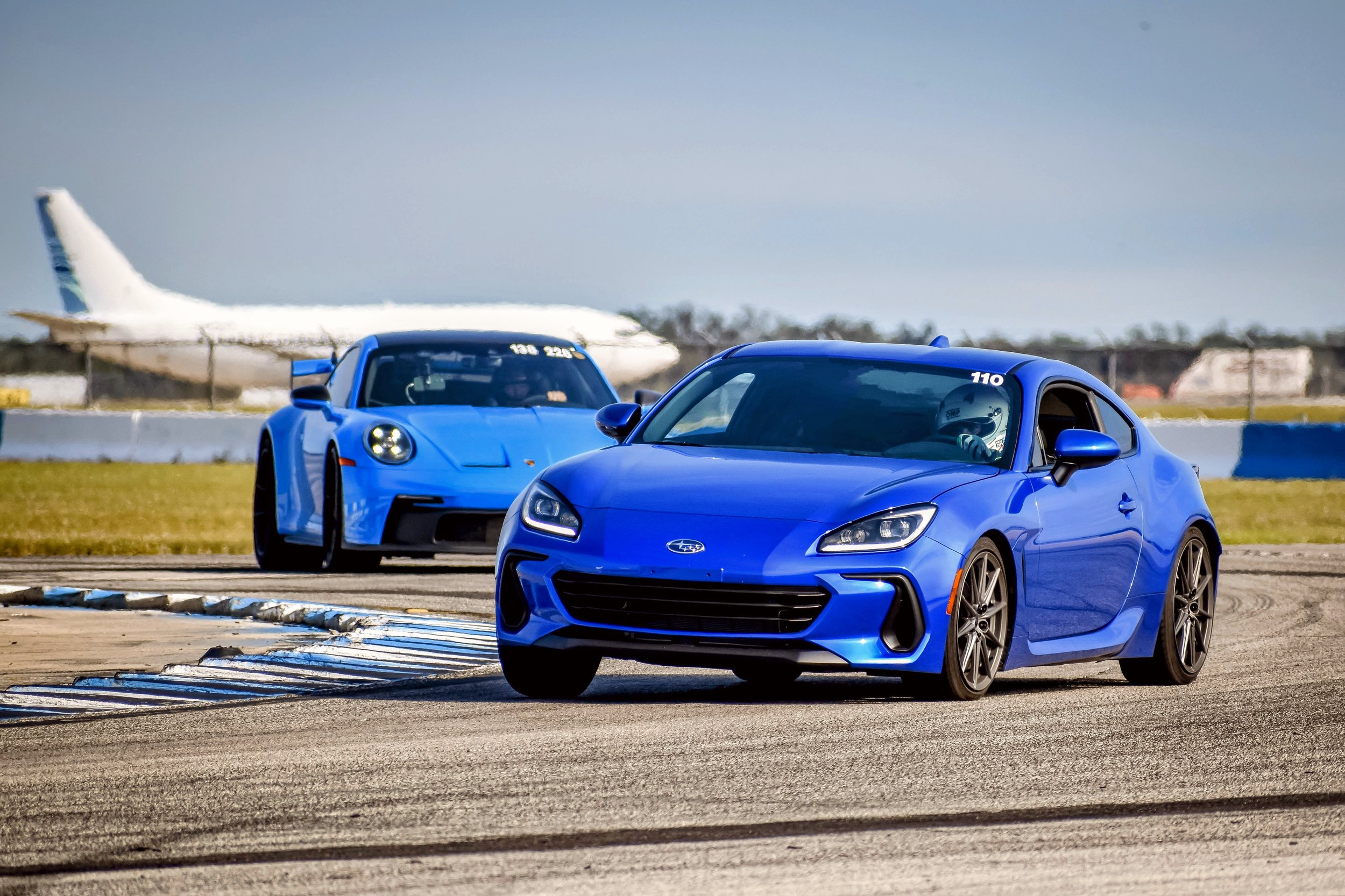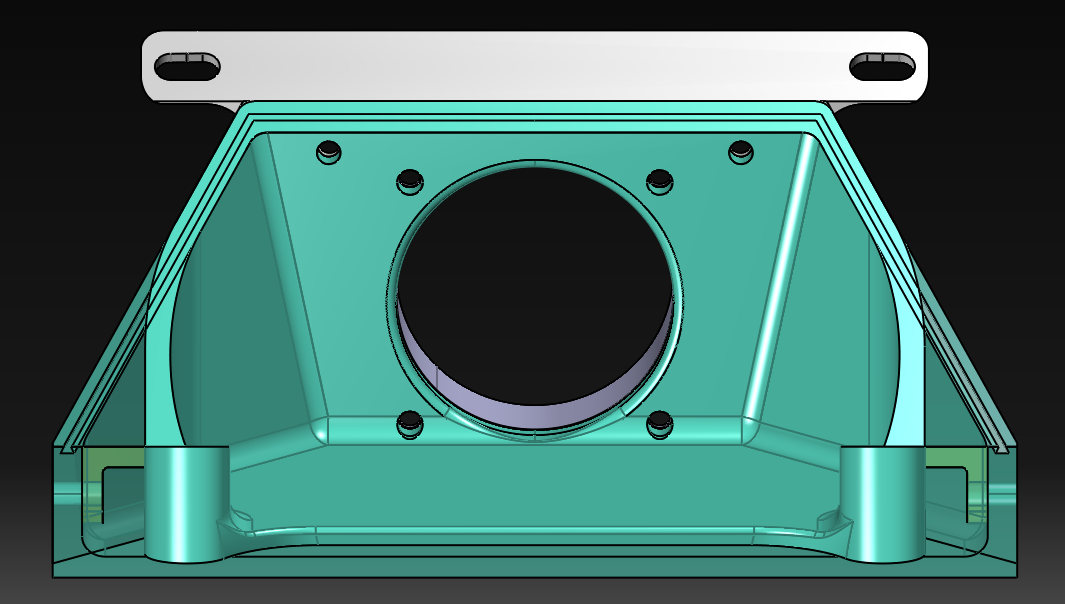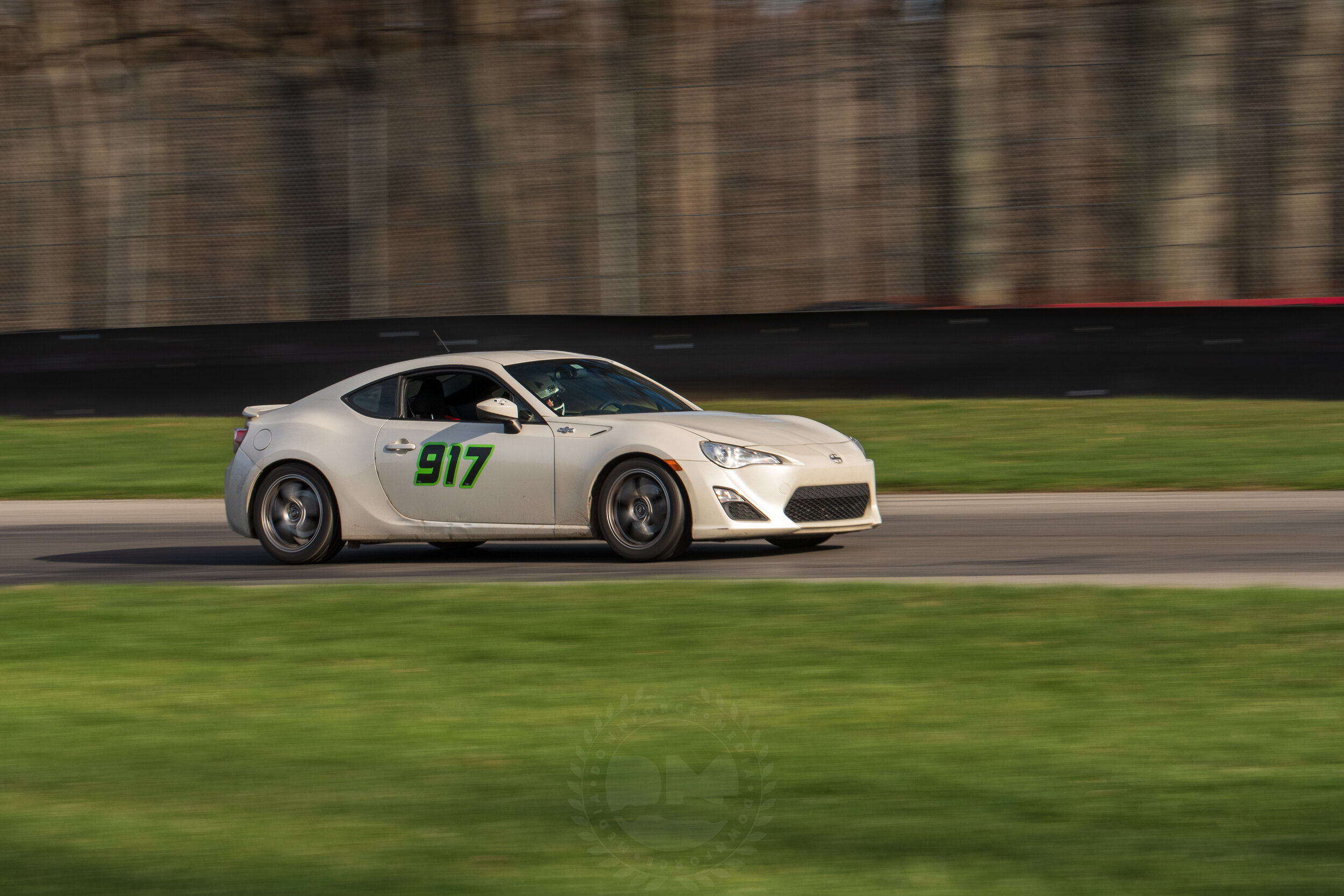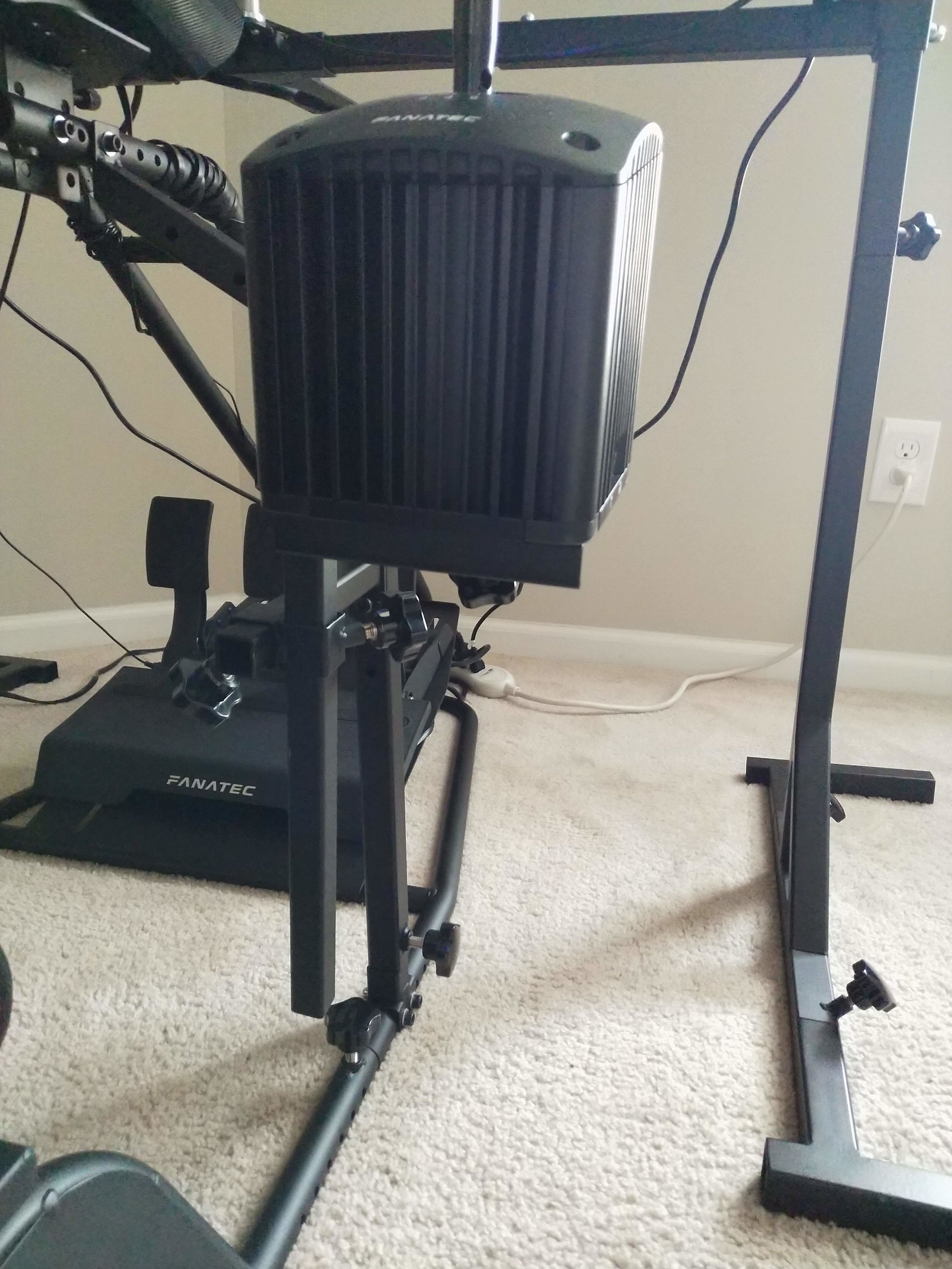It took a while, but I was finally able to break in my new BRZ. Since I work from home it took a while to get past the clutch and engine break-in. I actually crossed over 1000 miles while on track because I cheated a little bit. Don’t worry though, I did change my oil beforehand to make sure and shavings were flushed!
I thought about going to the FIRM since it’s a much easier track, but I have a lot more comparison data at Sebring with the S2000. Plus, it’s a lot more fun. Since it was December in FL, along with a cold-front, it was a pretty chilly 50 degrees outside. No rain and perfect throughout the weekend: ideal track weather!
I wanted to get a stock baseline on the car in case I ever decide to mod it, so the only modifications on the car were brake pads and fluid. I went with ATE-200 fluid, same as I always used on my S2000. For pads I have Powerstop PSA front track pads and Hawk HP+ street pads in the rear. The reason I ran this setup is because this is the same combination I used on my FR-S with no issues. However, this setup was not adequate on this car, at least with my driving style. I am a pretty hard and late braker, whether to the benefit or detriment to my lap times, but that did not result in any confidence in the brakes. It’s most likely because of the added speed of this car (details on this below) but the brakes were not up to snuff with my driving style. I don’t want to blame the car just yet since I wasn’t running a true track setup like on my S2000, but I was hoping for more in this department. It might just be time to start designing some ducting for this car!
Besides the brakes, the car was a true joy to drive. I am a big hater of understeer and expected to be fighting the car the entire day like I did with my FR-S. To my delight, however, the car was a lot more neutral than I expected. I have not added any additional front camber so I was pretty shocked with how willing the car was to rotate. It wasn’t quite like the S2000 that you can easily rotate the car by lifting off the throttle, but it also did not plow through the corners like my FR-S did (even though that car did have coilovers and camber bolts). Even the stock Michelin tires lasted about 10-15 minutes into the session before they clearly were starting to fall off. I set the tires at 28PSI cold, which got to 33PSI hot and didn’t touch them throughout the day. The live tire pressure gauge on the dash was a welcome addition to easily keep track of tire temps for me. Keep in mind my last car was a 2002 so I haven’t been spoiled by modern tech just yet!
In terms of raw speed it’s going to be hard to compete against this car. Against a S2000 or another car in this class, I can’t see how anything is going to stand a chance. With coilovers and wheels/200TW tires I can see this car being able to get under 2:30 at Sebring, which is very fast. Even going through T1 I was already at 80-83mph consistently. My top speed at the back straight before Sunset was 125MPH. Both of those speeds are competitive with MODIFIED S2000s, and this was with a passenger in the car with me. The added power and torque made up a chunk of that time, but this car is a lot more stable at speed than a S2000 without a wing. You can confidently be flat through Bishops bend and the car is a joy before Tower as the rear end is on the brink of adhesion. The difference in aero between the two cars is easily apparent on track.
Some of the other things I enjoyed were the stock seats and seating position. The first-gen car was already great in this regard, but this iteration improves it even further. The stock seats hold you pretty well for mid-level summer tires and the car is pretty easy to heel-toe in. Thankfully the pedal dance is gone and going into all-off mode is just a few seconds away with the press of a single button. The gauges also change into something similar to a S2000 when in this mode, which makes it easier to monitor the tachometer. The car has a build in shift-beeper and thankfully money shifting isn’t as common in these cars because of the longer gates. With the built in oil cooler temps did not exceed 240F, but it was a pretty mild FL day relatively. Regardless, it’s nice to have all of these features build in stock and not have to worry about adding them.
As for complaints, I only have a few, but they do exist. The main problem is the wind buffeting noise. On the street it’s not as bad as others online have stated, but on track it’s pretty dreadful. At 100+ speeds, I found myself distracted and focusing on it even with having a full helmet on. I can see people easily getting a headache if that sort of thing bothers them. I have seen some solutions online that I will need to try out. The second I am not as critical as others, but I do wish the exhaust made more noise on the track. The “fake” noise is pretty good to gauge when needing to shift, but for heel-toe the car would be a lot easier to rev-match if it made some real noise. I do want to get an exhaust eventually, but I actually kind of enjoy the piped in noise on the street.
All-in-all this track day made me appreciate this car even more than I originally did. It’s a joy to drive on the street and now it’s just as rewarding on the track. I think I finally have found the long-term successor to the S2000 that I have been searching years for. It might take some time, but I do have some plans for this car that I’ll try to keep everyone updated on.
If you have any questions, feel free to reach out. I tried to summarize my thoughts as best as I could, but I’m sure I missed something!














































































